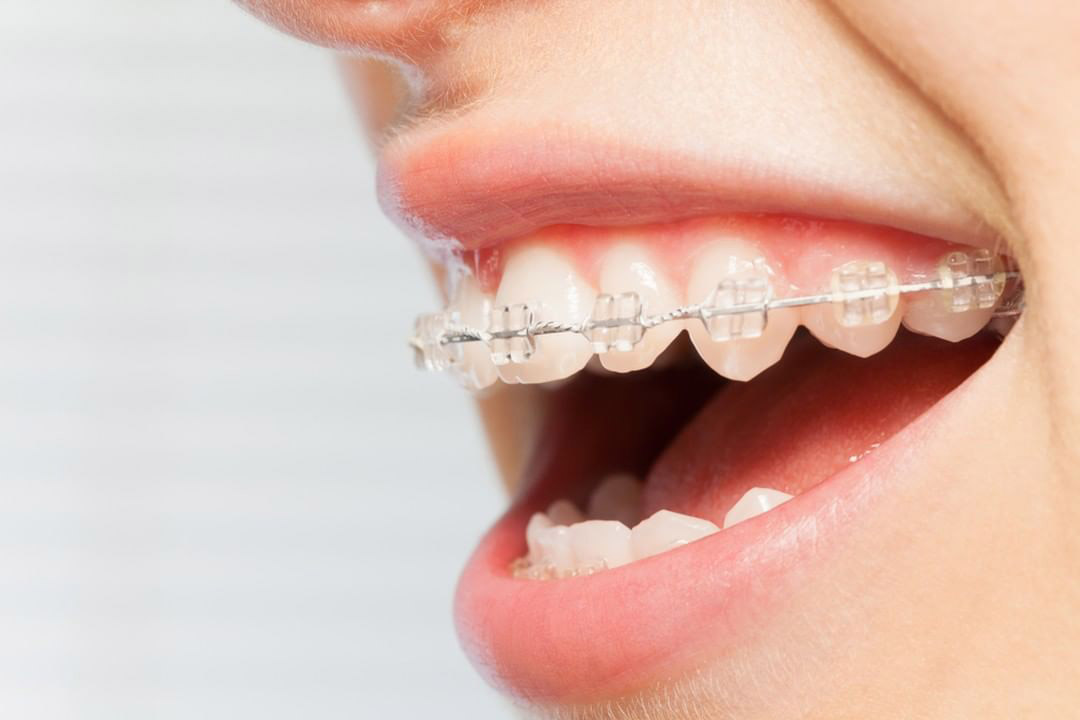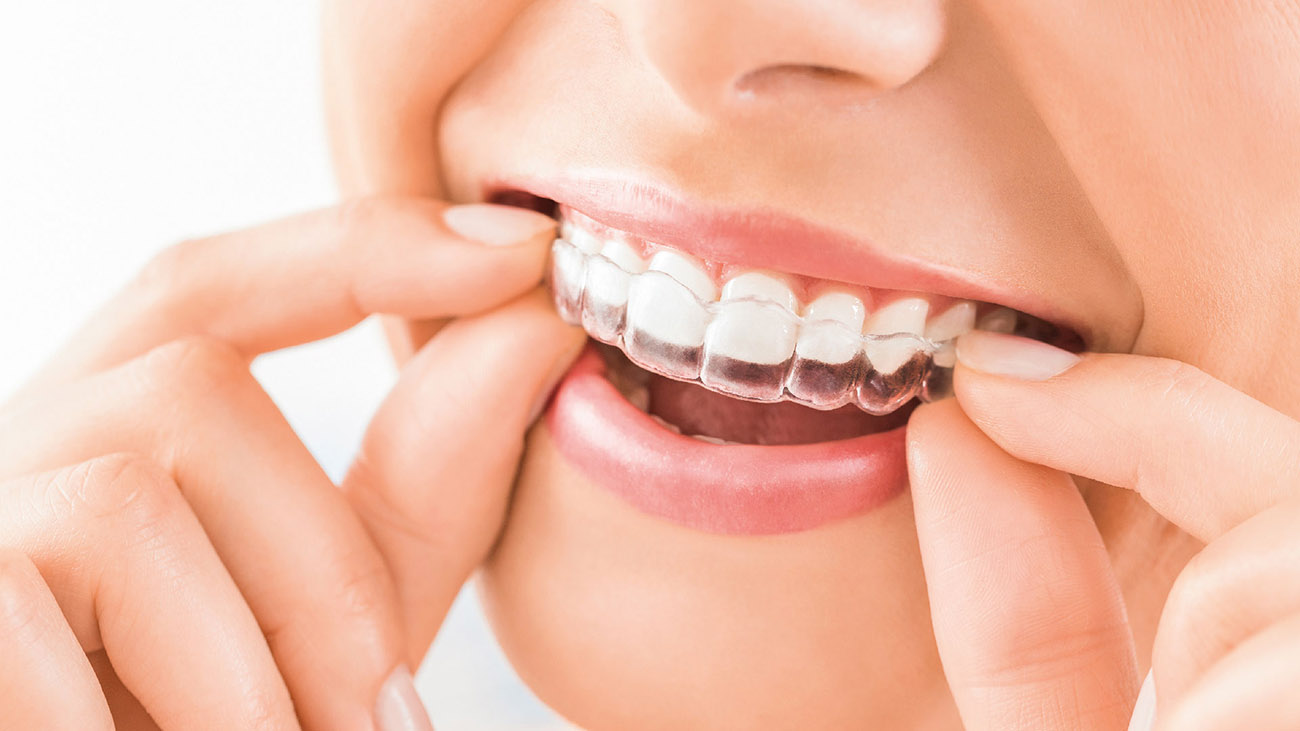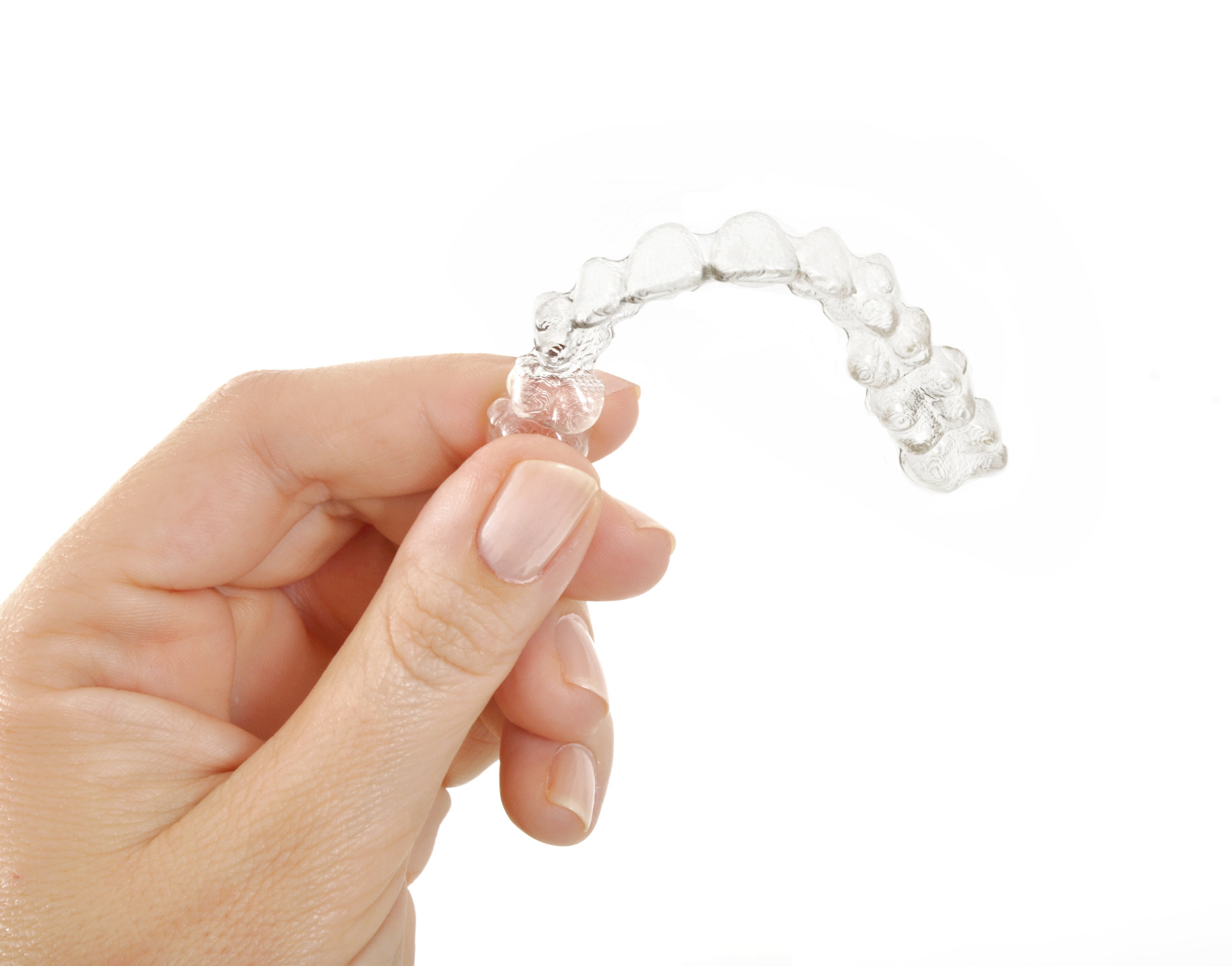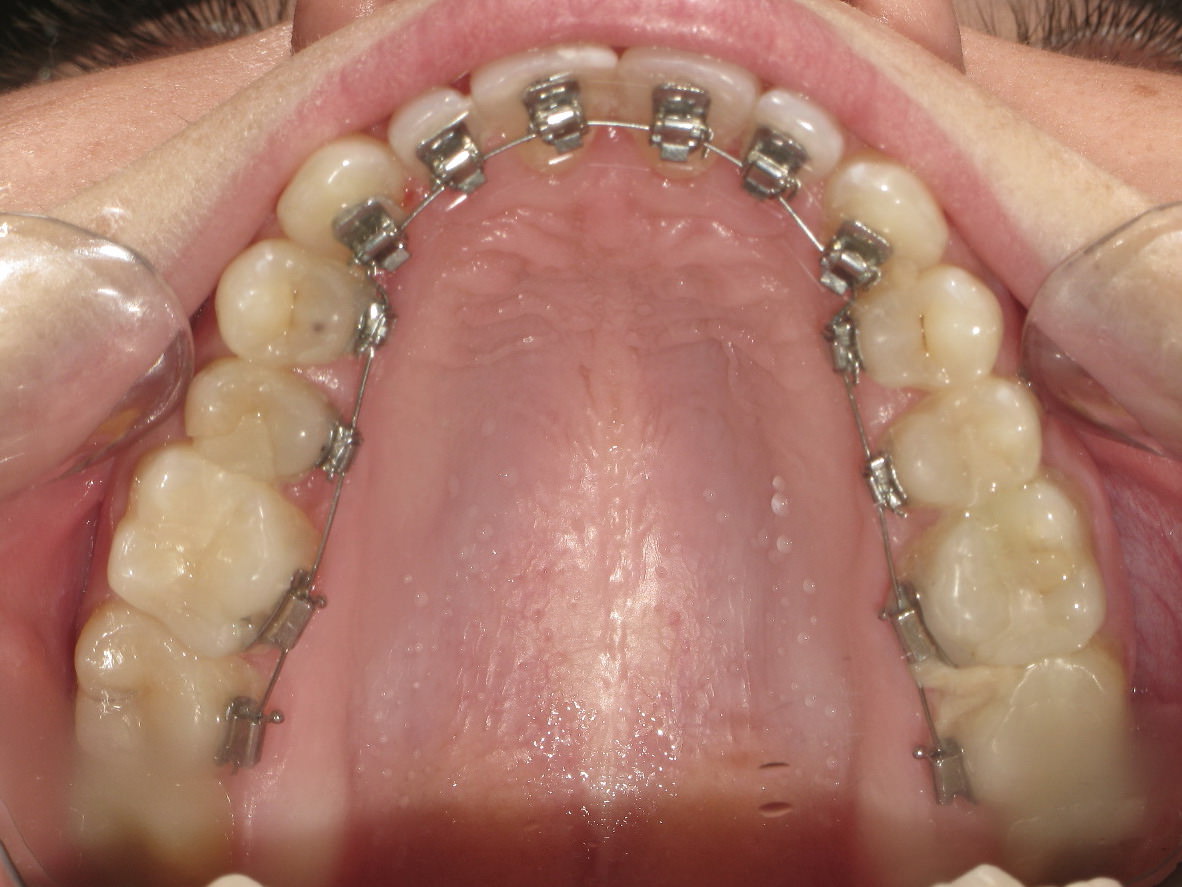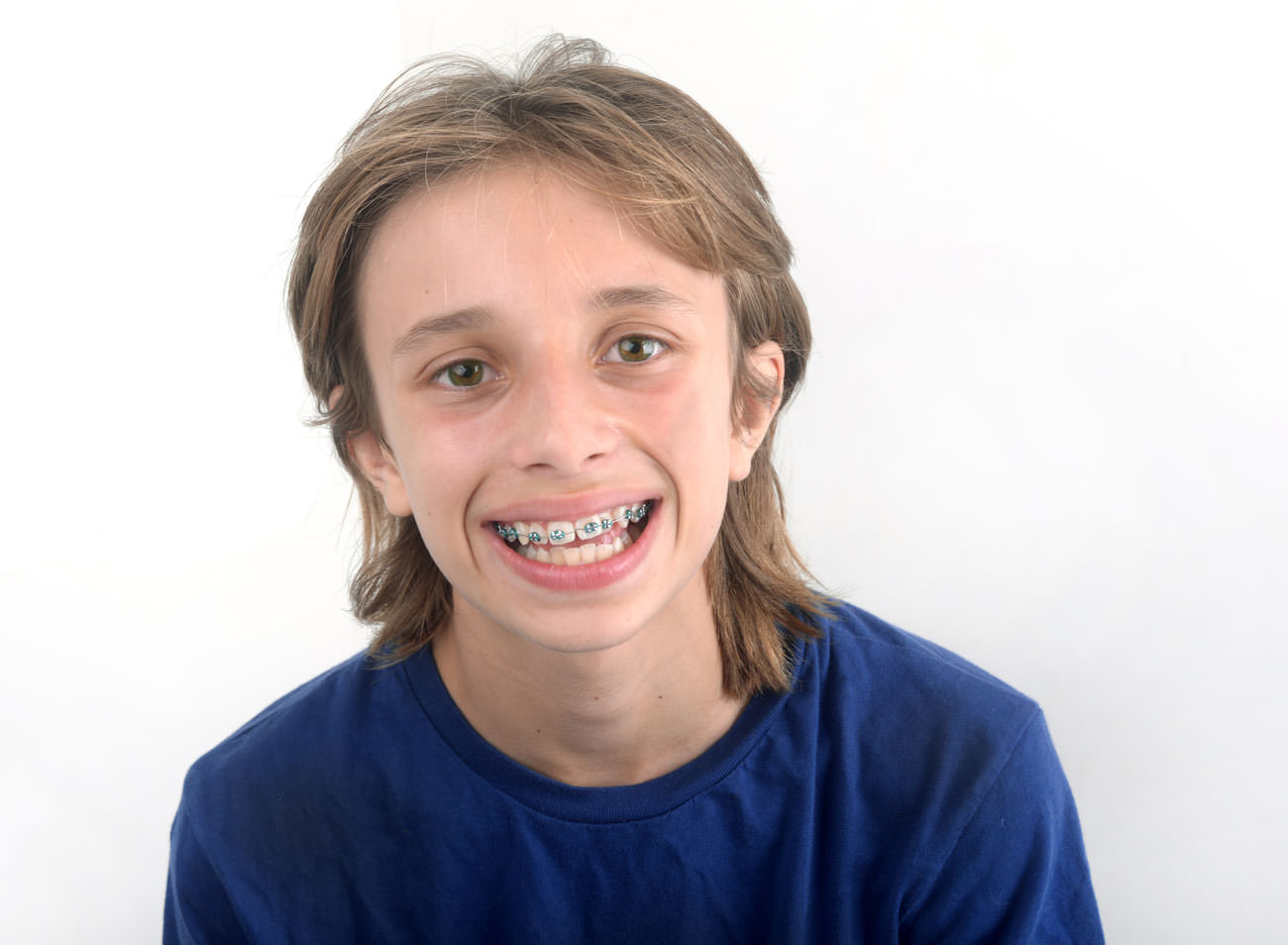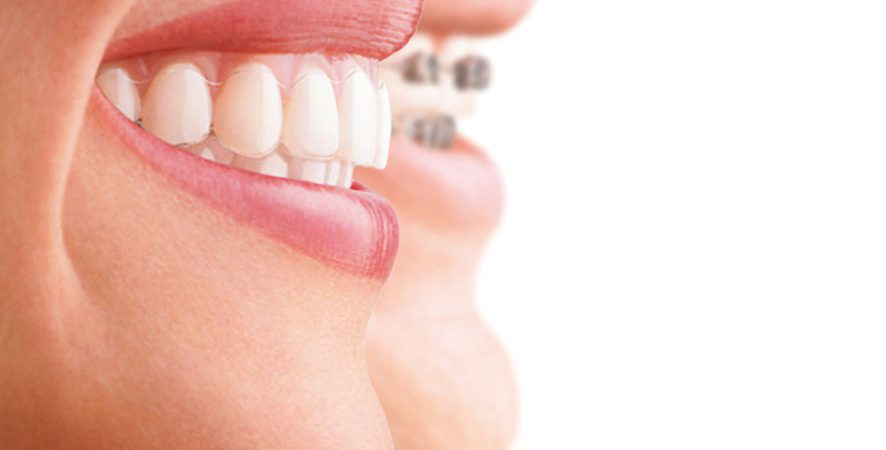
Orthodontics is a specialization of Dentistry that deals with the correction of malposition of the teeth and alterations in the position and development of the maxilla and mandible (malocclusions).
What is orthodontic treatment?
Once a complete diagnosis has been made, treatment consists of moving the affected teeth and bones in a smooth, continuous and controlled way, which requires great clinical skill.
Who can treat a malocclusion better and with more guarantees?
The orthodontist is the most qualified dentist for the treatment of malocclusions, in the same way that the pediatrician is the most qualified doctor for the treatment of childhood diseases. An orthodontist is a dentist who takes 3 or more years to specialize. Orthodontics is a specialty of Dentistry in the United States and in most European countries (Germany, France, Italy, Sweden, Denmark, Holland, Greece, Belgium, Portugal, etc.). In Spain, the orthodontist is trained in Master’s and Postgraduate degrees of approximately 4,200 hours (3 years). Thus, the most qualified professional is the one who has carried out these studies after obtaining the degree of a dentist.
How can I recognize a trained and guaranteed professional?
Undoubtedly, you can always ask the professional about their Postgraduate studies that will be certified. Also a very reliable data is that the said professional almost always will dedicate himself exclusively to orthodontics, since orthodontics is very extensive and cannot be covered in depth without an exclusive dedication to its practice.
In addition to aesthetic improvement, what other benefits does orthodontic treatment include?
In addition to a more beautiful and attractive smile, additional benefits include better chewing function, improved teeth cleaning and healthy gums, more favourable occlusal patterns, longer tooth life and a significant boost in self-esteem.
Why do these alterations occur?
There are numerous causes responsible for these defects, but the most frequent are the following:
The modern diet of soft foods reduces the size of the bones that house the teeth, favouring their malalignment and crowding.
The infantile habit of sucking the thumb or using a pacifier produces a marked advancement of the upper teeth.
The premature loss of milk teeth, due to untreated cavities, prevents the correct eruption of the permanent teeth.
Breathing with the mouth open, due to continued inflammation of the tonsils and vegetations, as well as various allergies, restricts the normal development of bones and teeth.
The influence of genetic transmits certain defects in the position of bones and teeth.
Certain gum diseases tend to move teeth and place them poorly.


